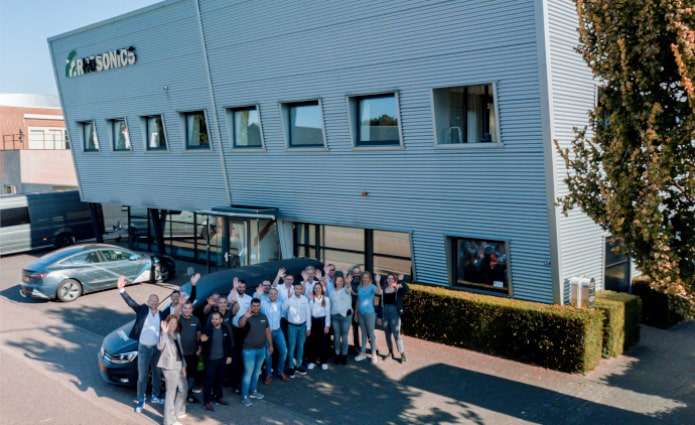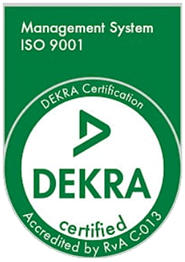Sustainable Tailings Management
Thursday 25 Apr 2024
Sustainable Tailings Management: A Pivotal Shift for the Mining Industry
The mining industry has long grappled with the challenges posed by tailings, the residual waste material left over after extracting valuable minerals from ore. With estimates suggesting that approximately 14 billion tonnes of tailings were produced globally in 2010 alone, effective tailings management is crucial for safeguarding the environment, surrounding communities, and the long-term sustainability of mining operations.
The Multifaceted Challenge
Sustainable tailings management involves the responsible planning, design, operation, and closure of tailings facilities, aiming to minimize environmental impact and ensure long-term safety.
The problem is, tailings management is not a one-size-fits-all solution. Factors such as the composition of tailings, precipitation levels, seismic activity, and proximity to residential areas all play a role in determining the most suitable storage and disposal methods. Each tailings storage facility requires a tailored approach, taking into account these site-specific factors.
Moreover, tailings can pose significant risks if not managed effectively, including the contamination of water sources, destabilization of surrounding ecosystems, and potential threats to human health and safety. The devastating impacts of tailings dam failures highlight the grave consequences of inadequate tailings management practices.
To learn more about the various environmental and safety hazards associated with tailings, see our in-depth article on the topic here.
Embracing Sustainable Practices
Recognizing the critical importance of sustainable tailings management, the mining industry is embracing innovation, collaboration, and environmental stewardship. Leading mining companies, alongside influential organizations like the International Council on Mining and Metals (ICMM), are championing responsible tailings management practices and setting global standards. Industry associations like the Mining Association of Canada (MAC) have developed comprehensive protocols to ensure continuous improvement and minimize risks. Research institutions such as the Norwegian Geotechnical Institute (NGI) are dedicated to understanding tailings behavior and developing safe, sustainable disposal methods.
There’s a wealth of sustainable mining innovation going on in the private sector too. Teck is spearheading technological innovation, implementing strategies that prioritize water conservation and risk reduction at their operations. Additionally, companies like Metso are exploring tailings reprocessing techniques to extract valuable minerals from previously processed tailings, reducing waste and environmental impact.
Water Conservation: A Critical Focus
Efficient management of water resources is essential for ensuring the sustainability of mining activities. Technologies like tailings thickeners play a pivotal role in water conservation by facilitating the separation of suspended solids and enabling the recycling of water within the processing plant. Teck, for instance, has set ambitious goals for water recycling at its sites globally.
Innovative Monitoring Solutions
Advanced monitoring technologies, such as real-time monitoring systems and predictive analytics, are playing a pivotal role in enabling proactive risk management and timely interventions. The slurry density meter from Rhosonics (SDM ECO), which measures the density of tailings slurry as it enters storage facilities, provides mining operators with essential data for optimizing density levels and detecting potential anomalies. By enabling management of tailings density, the SDM ECO can aid in reducing operational risks, and ultimately in promoting greater efficiency and environmental responsibility.
Community Engagement and Transparency
Community engagement and transparency have become central to sustainable tailings management strategies. Mining companies are increasingly working closely with local communities, indigenous groups, and other stakeholders to address concerns, mitigate impacts, and promote open communication. This collaborative approach fosters trust and ensures that local knowledge and priorities are incorporated into decision-making processes. The Global Industry Standard on Tailings Management (GISTM), launched in 2020, emphasizes the importance of transparency and accountability, setting a high benchmark for improving the safe management of tailings facilities.
The Path Forward
As the mining industry continues to evolve, sustainable tailings management practices will become increasingly critical in minimizing environmental impact, mitigating risks, and fostering long-term sustainability. By embracing technological advancements, prioritizing stakeholder engagement, and adhering to rigorous regulatory standards, mining companies can pave the way for a greener, more responsible future.
Sustainable tailings management is no longer just a necessity; it is a vital pillar for the mining industry’s long-term success. The industry’s proactive embrace of sustainable practices in tailings management will be instrumental in driving a transformative shift towards a more environmentally conscious and socially responsible mining sector.
Want to have frequent updates on our products? Then please subscribe to our newsletter or follow us on our social media accounts at LinkedIn, Twitter and Instagram.
Receive our technical update?
Fill in your name and email address and we’ll keep you in the loop on our latest technology updates.



